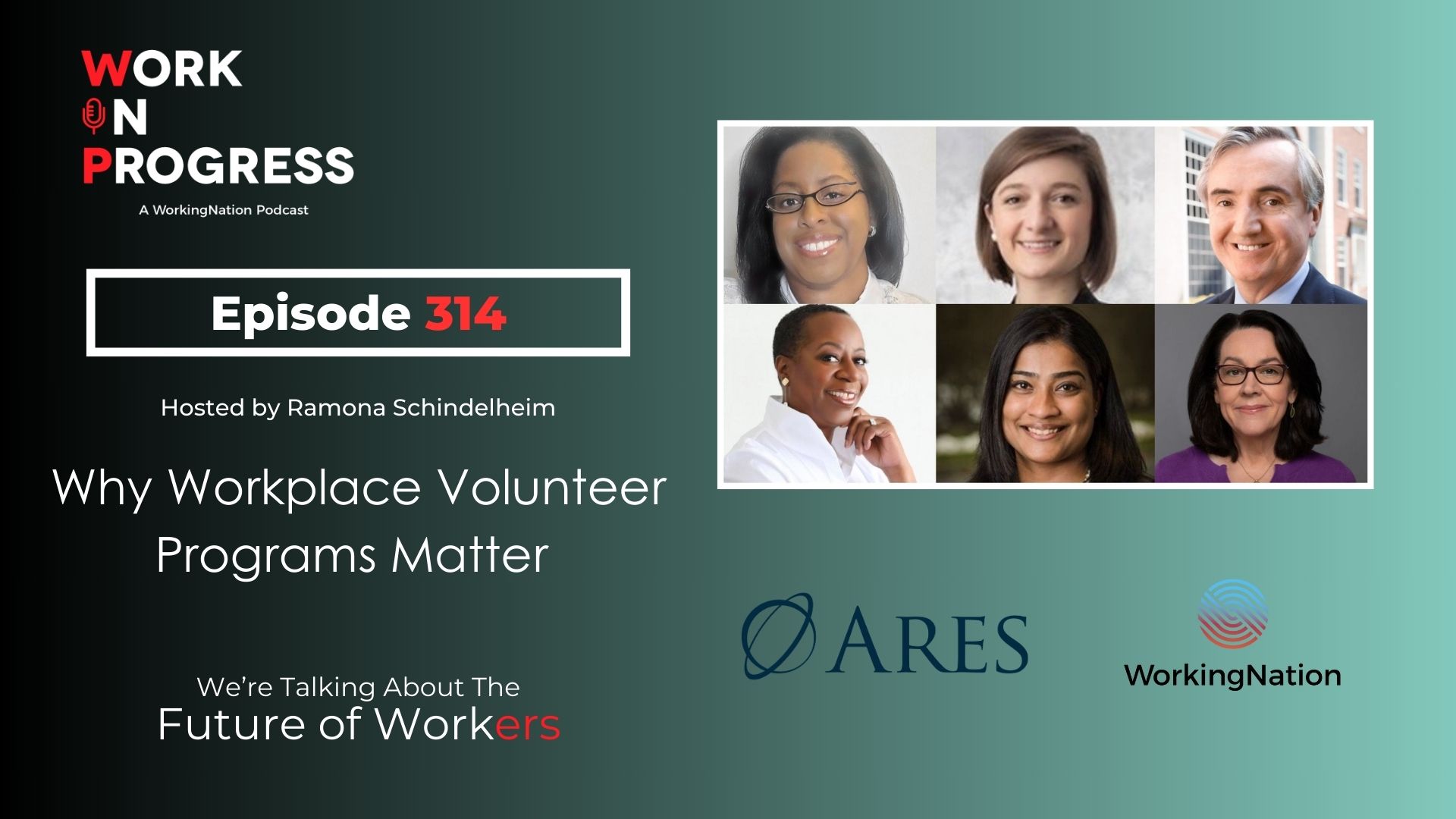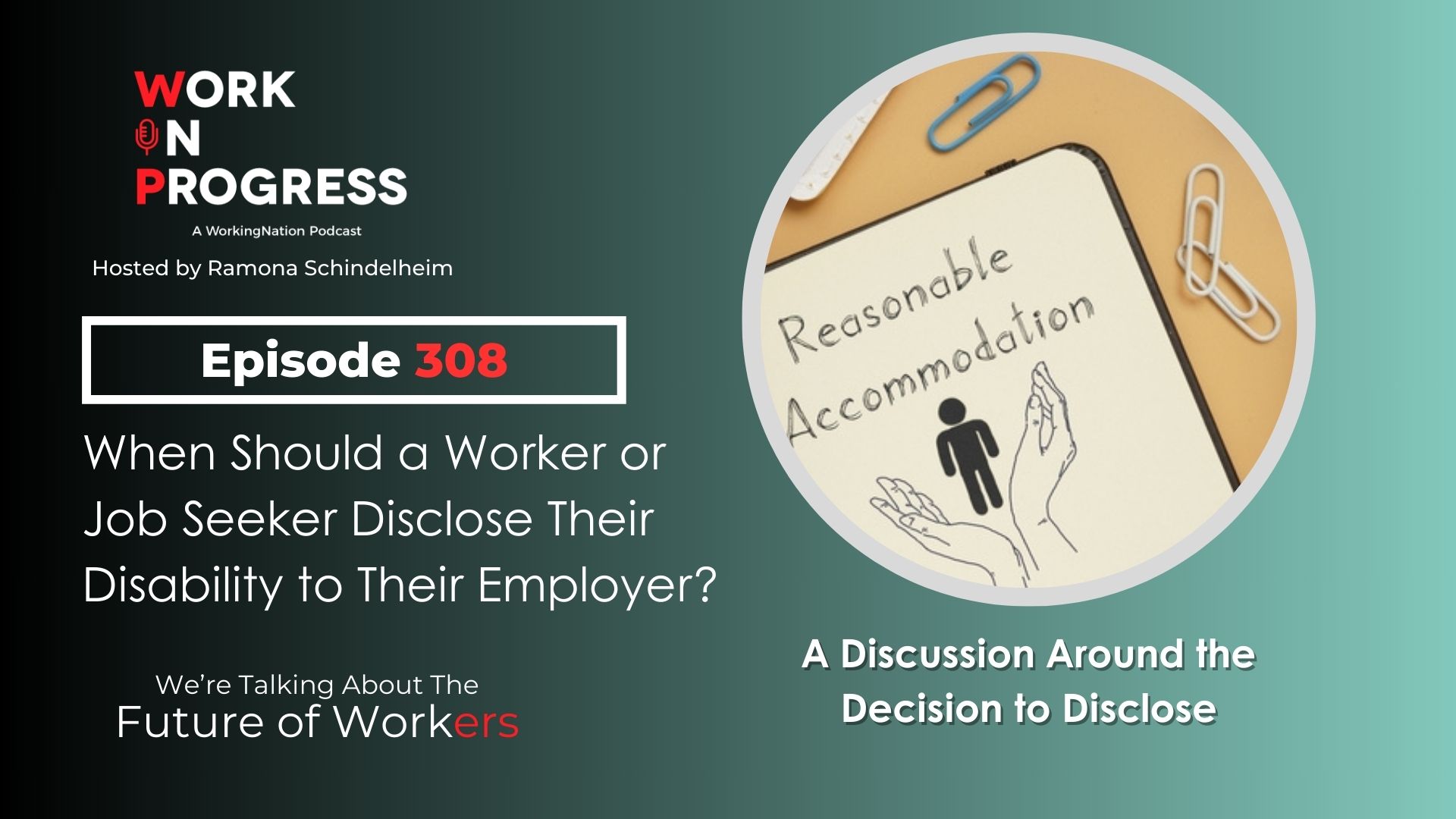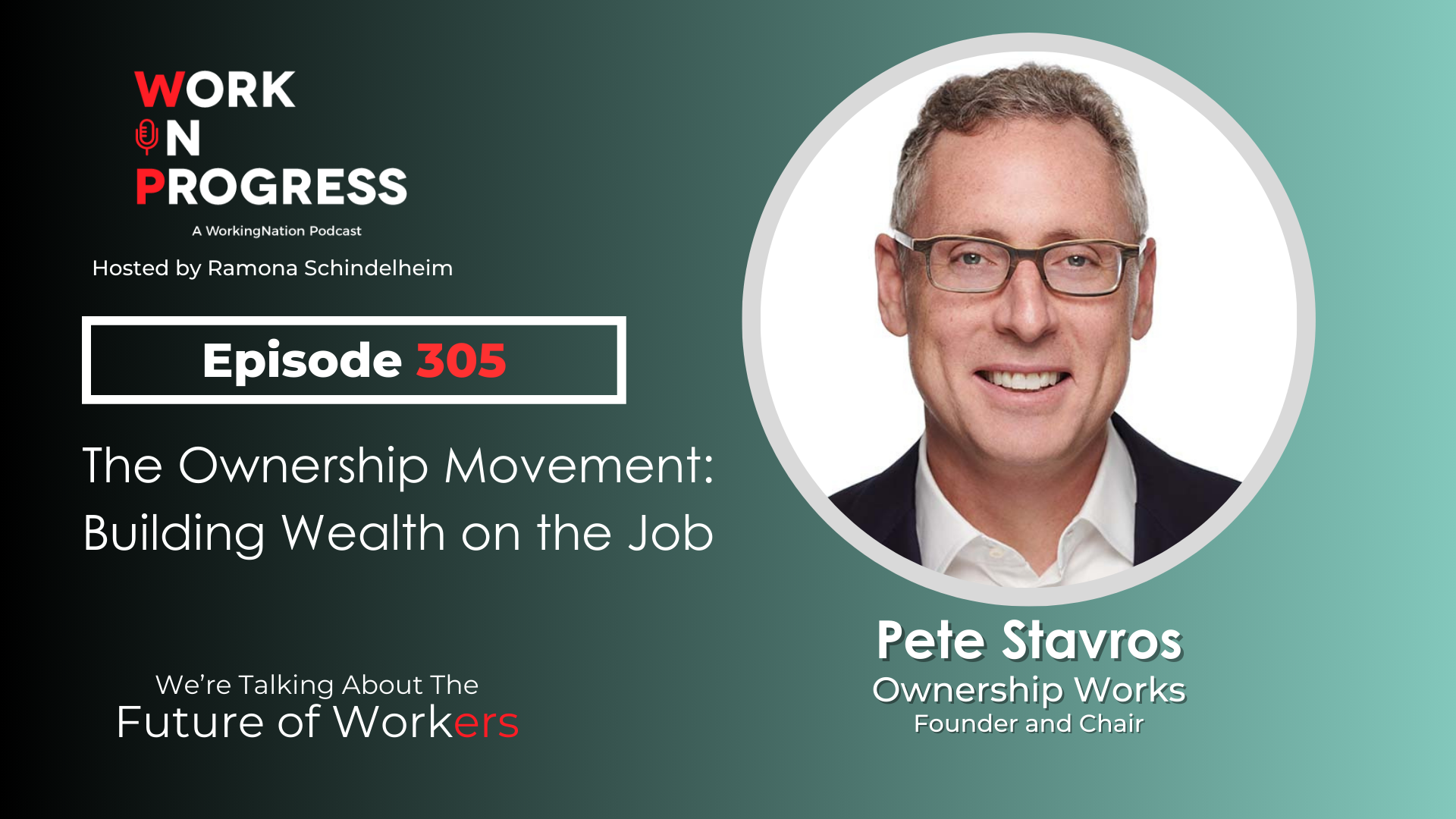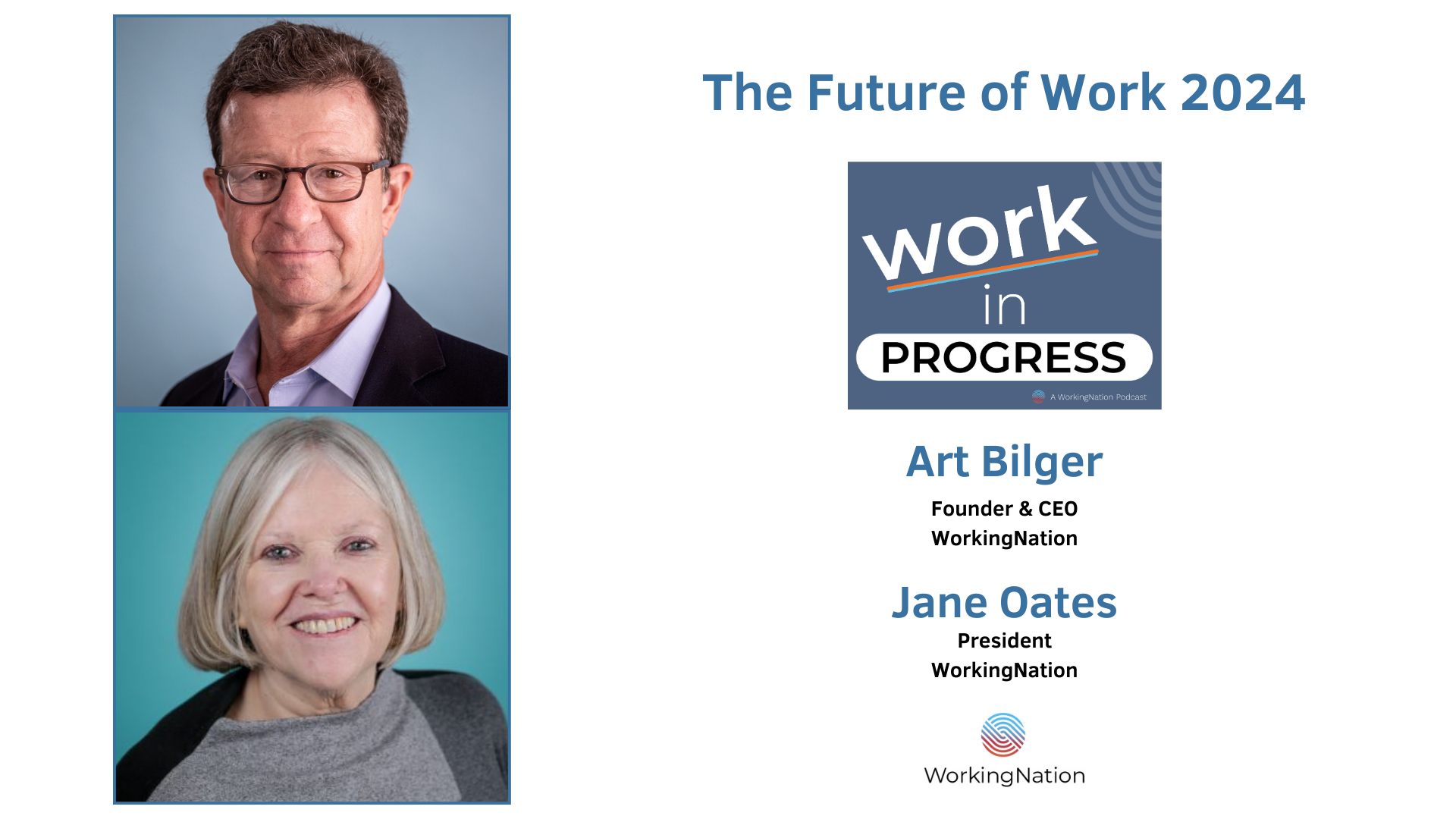While unemployment sits near record lows, how many of those jobs are “good” ones? The Lumina Foundation, the Bill & Melinda Gates Foundation, Omidyar Network, and Gallup surveyed 6,600 workers to find out. As expected, the answers depend on multiple factors.
Workers were asked about the factors that matter most for overall job quality on pay, including job security, opportunity for advancement, benefits, stability, and dignity. Combining those factors led to the creation of an index of job satisfaction. Not surprisingly, people that had better jobs across the list of indicators also tended to have higher rates of life satisfaction.
The study, Not Just a Job: New Evidence on the Quality of Work in the United States, found that 44 percent of workers surveyed said they had “mediocre” jobs while 16 percent said they are in “bad” jobs.
Calling it The Great Jobs Study, it incorporates American workers’ views on the job characteristics most likely to help them lead better lives amid changing labor market conditions. And it reflects previous results finding income as central to any discussion of job quality in America.
Key findings from the study include:
- Less than half of U.S. workers are in good jobs and job quality is closely related to quality of life. While most workers in good and mediocre jobs rate their overall quality of life as “high,” most of those in bad jobs do not.
- Income inequality translates into inequality in job quality across every dimension. Lower-income workers are much less likely to be satisfied with all 10 aspects of job quality included in the good jobs measure — including those unrelated to income. Thus, income inequality corresponds with different experiences that reach far beyond income, including autonomy and the dignity associated with having a good job. Older workers, white workers and those with high levels of education are more likely to be in good jobs than other types of workers.
- Workers at all income levels generally agree on the job quality dimensions most important to them. Enjoying one’s work and having a sense of purpose are broadly prioritized; few workers want their employment situation to be “just a job.”
- Race, ethnicity, and gender are strongly correlated with job quality. The likelihood of working in a good or bad job varies significantly across racial and other demographic groups, with average job quality higher among older workers, white workers and those with more education.
- Most workers say their level of pay has improved in recent years, but that other dimensions of job quality have not. Another troubling sign for job quality is that employers are less likely to offer benefits now compared to the recent past. The share of adults aged 18 to 64 who are covered by private insurance fell to 61% in 2016, down from 69% in 2000 and 72% in 1980. This decline in employer coverage comes at a time of escalating healthcare costs and has put more pressure on the public sector to fill the gap.
- Where you live matters more than how much you make. Workers in rural areas and small towns give higher job quality ratings despite lower average incomes, although the likelihood of having a good job varies little by region of the country. Workers in the Midwest have the highest overall job quality score, largely because they are the least likely to be in a bad job compared to other regions. Many may assume that workers living in mostly rural counties outside of metropolitan areas would be more negative on average about their employment situation, but 45% are in good jobs — well above the national average — and only 11% are in bad jobs. In general, workers outside of metro areas and those in smaller metro areas tend to give somewhat higher job quality ratings than workers in large metro areas, despite their significantly lower average incomes.
- Workers are more likely to have good jobs if they work for larger organizations and are in roles that allow them to be creative, learn new skills and do their best work.
- Workers in low-quality jobs are less likely to be satisfied and more likely to be actively looking for another job.
- Two-thirds of U.S. workers say they are currently in their “best job ever.” Workers’ perceptions of how various aspects of job quality are changing in their working lives raise an important question: Is the standard career life cycle — which assumes people move into progressively better jobs until they retire — working? This is where things appear to be changing. Surprisingly, the percentage who say they are in their best job ever begins to taper at a relatively young age — workers aged 35 to 44 are less likely than those aged 25 to 34 to feel this way (66% vs. 72%, respectively). Middle-aged and older workers are not only less likely to be working in their best job ever, but those who are not are more likely to say they were laid off from that job (that is, let go for reasons beyond their control, such as downsizing). Workers laid off from their best job ever may experience not only negative financial circumstances, as research shows, but also could be at risk for psychological or other health problems.
- Job quality varies systematically by type of job (full-time, part-time, multiple), organization size, type of work, occupation, and sector. Several other circumstances are associated with workers’ likelihood to be in high-quality jobs — including the amount of time devoted to work, the size of their employer, the nature of their work and the number of jobs they have. Full-time employees (those working 35 hours or more) are significantly more likely to be in a good job (42%) than part-time employees (30%). However, the data also suggest that too much work is a detriment to job quality.
What does it mean?
Because most Americans feel that they are identified by their jobs or professions, people tend to invest large amounts of time and energy into their working lives. Not to mention the need to support their families. At this time of low unemployment, the study finds that workers in bad jobs are roughly twice as likely as those in good jobs to be looking for new work, and 20 times more likely to be both unsatisfied and looking for a new job. Satisfied workers tend to be more productive and loyal to their employers. So clearly, job quality is important — not just to workers’ financial well being, but to the overall quality of life.











